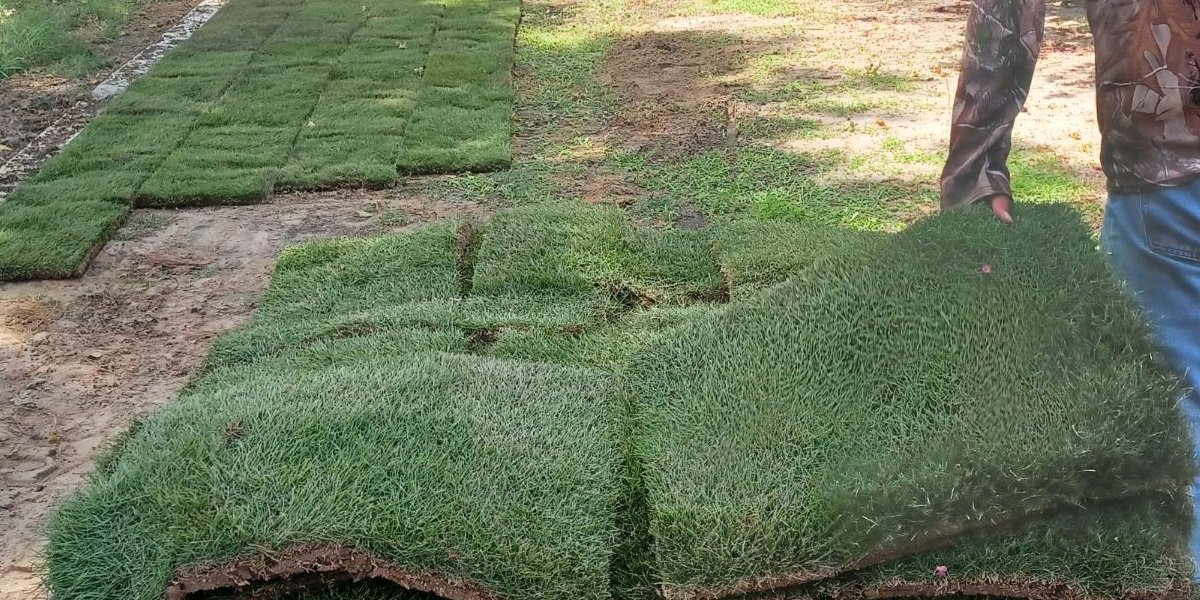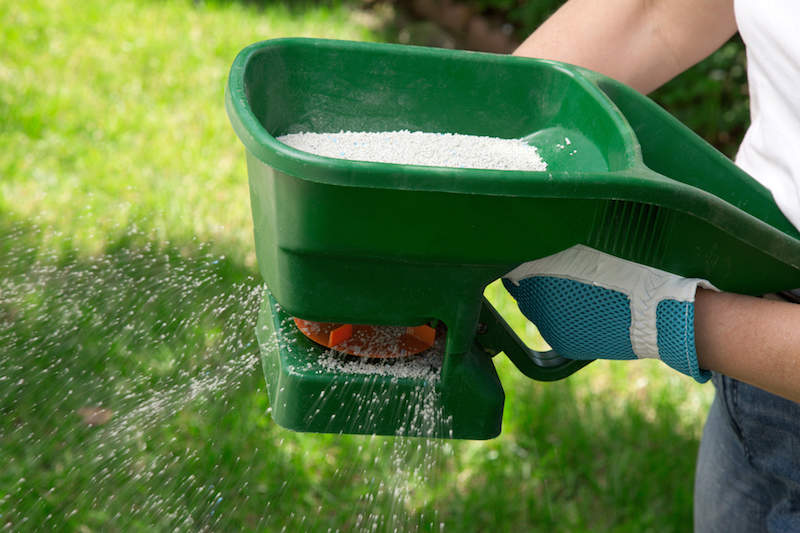Imagine having a lush, green lawn that thrives even in those tricky shaded areas of your yard. If you’re struggling to maintain healthy grass under the trees or in the shadow of your house, you’re in the right place.
The key to a vibrant, shade-tolerant lawn might just lie in choosing the right type of Bermuda grass. You deserve a lawn that’s the envy of the neighborhood, and understanding which Bermuda grass varieties can flourish in the shade will get you there.
As you read on, you’ll uncover the best options for shade-tolerant Bermuda grass, discover how to keep them thriving, and finally put an end to those pesky bare spots. Let’s transform your shaded spaces into lush, green havens.

Credit: www.reddit.com
Contents
Types Of Shade Tolerant Bermuda Grass
Bermuda grass thrives in sunny places. But some types handle shade well. These grasses keep lawns green and lush even under trees. Let’s explore the types that do well in less sun.
Common Varieties
Common Bermuda grass varieties adapt to different conditions. They grow well in moderate shade. Popular types include Sahara and Princess 77. Sahara offers good drought tolerance. Princess 77 provides a fine texture. Both are great for lawns with partial shade.
Hybrid Varieties
Hybrid Bermuda grasses combine traits from different strains. They offer better shade tolerance and durability. TifGrand is a notable hybrid variety. It grows well in low light and has a soft texture. Tifway 419 is another favorite. It handles foot traffic and partial shade effectively.

Credit: www.reddit.com
Factors Affecting Growth In Shade
Growing Bermuda grass in shaded areas can be challenging. Shade affects its growth and vitality. Understanding the factors involved can lead to a lush lawn. Let’s explore key elements influencing Bermuda grass in shade.
Soil Quality
Soil quality directly impacts Bermuda grass health. Well-drained soil is essential. It helps roots absorb nutrients efficiently. Poor soil can limit growth. Adding organic matter improves soil structure. This enhances nutrient availability in shaded areas.
Watering Needs
Shaded areas often retain moisture longer. Less frequent watering may be needed. Overwatering can lead to fungal diseases. Monitor soil moisture regularly. Ensure the grass gets adequate hydration without excess. Proper watering supports healthy growth.
Temperature Considerations
Bermuda grass thrives in warm climates. Shade can lower temperatures significantly. Cooler temperatures slow growth. Sunlight is crucial for photosynthesis. Limited sunlight reduces energy production. Consider the temperature impact when choosing shaded areas.
Selecting The Right Grass For Your Yard
Choosing the perfect grass for your yard can be challenging. Different grasses thrive under different conditions. Bermuda grass is popular for its resilience. But not all types suit shaded areas. Understanding your yard’s unique conditions is crucial. Let’s explore how to select the right Bermuda grass.
Assessing Light Levels
Light levels impact grass growth significantly. Bermuda grass usually needs full sun. Yet, some varieties tolerate shade better. Observe your yard throughout the day. Identify areas receiving less sunlight. This helps in choosing a suitable grass type.
Climate Compatibility
Bermuda grass thrives in warm climates. Consider your local climate before choosing. Some varieties handle cooler temperatures better. Research grass types that suit your region. This ensures lush, healthy growth in your yard.

Credit: www.reddit.com
Planting And Care Tips
Imagine having a lush, green Bermuda grass lawn that thrives even in shaded areas of your yard. It’s possible with the right planting and care techniques. This section will guide you through seeding techniques, mowing practices, and fertilization strategies to ensure your Bermuda grass flourishes even in less sunny spots.
Seeding Techniques
Start by selecting a shade-tolerant Bermuda grass variety. Research your options and choose one that suits your local climate and soil conditions. Preparing the soil is crucial. Remove weeds and debris, then loosen the soil using a rake or tiller to ensure the seeds can settle well.
Consider using a broadcast spreader for even seed distribution. This tool helps you cover the entire area without missing spots. Water the seeds gently, keeping the soil moist but not soaked. Overwatering can lead to seed rot, so monitor the moisture levels closely.
Mowing Practices
Mowing Bermuda grass requires a careful approach to maintain its health, especially in shaded areas. Aim to cut your grass when it reaches about 2-3 inches in height. Frequent mowing keeps the grass healthy and prevents it from becoming too dense, which can hinder sunlight absorption.
Adjust the mower blade height to avoid cutting too short. Cutting too low can stress the grass and make it more susceptible to disease. Regularly check the sharpness of your mower blades. Dull blades tear the grass instead of cutting it cleanly, which can lead to unhealthy lawns.
Fertilization Strategies
Fertilizing your Bermuda grass is essential for promoting growth, especially in shaded areas where nutrients may be limited. Choose a balanced fertilizer with a good mix of nitrogen, phosphorus, and potassium. This combination supports root development and overall grass health.
Apply fertilizer in the early growing season when the grass begins to show signs of growth. Follow the package instructions for the correct amount. Avoid over-fertilizing, as this can burn the grass and create dead patches. Have you ever noticed a patchy lawn after fertilization? It’s often due to over-application, so use caution.
Incorporate these planting and care tips into your routine. You might find your Bermuda grass thriving even in areas where the sun barely reaches. What’s your experience with shade-tolerant Bermuda grass? Share your thoughts and tips in the comments below!
Common Challenges And Solutions
Bermuda grass is a popular choice for lawns due to its resilience. Yet, even shade-tolerant varieties face challenges. These include pests and diseases. Understanding these issues helps maintain a healthy lawn. Below are some common challenges and solutions.
Pest Management
Pests can cause significant damage to Bermuda grass. Common culprits include grubs, armyworms, and mole crickets. Grubs feed on roots, weakening the grass. Armyworms eat the blades, leaving brown patches. Mole crickets tunnel through the soil, uprooting the grass.
To manage these pests, regular inspection is crucial. Early detection can prevent severe damage. Use natural predators like birds or beneficial nematodes. These help control grub populations. For severe infestations, consider insecticidal treatments. Always follow label instructions for safe application.
Disease Prevention
Bermuda grass is prone to diseases like brown patch and dollar spot. These diseases thrive in damp conditions. Brown patch creates circular, brown areas on the lawn. Dollar spot appears as small, silver-dollar-sized patches.
Proper lawn care practices can reduce disease risks. Ensure good drainage to keep the grass dry. Water early in the morning to allow the lawn to dry out. Mow regularly to prevent thatch buildup. This improves air circulation and reduces disease potential. Consider fungicide treatments for persistent issues.
Benefits Of Shade Tolerant Bermuda Grass
Shade tolerant Bermuda grass offers many benefits for your lawn. It thrives in areas with limited sunlight, making it versatile. This grass type combines beauty with functionality, enhancing any outdoor space. Explore its advantages below to learn more.
Aesthetic Appeal
Shade tolerant Bermuda grass maintains a lush green look. Its dense growth pattern fills in bare spots effectively. This grass creates a uniform appearance across your lawn. It stays vibrant even in shadier areas, boosting curb appeal. The soft texture adds a touch of luxury underfoot.
Environmental Advantages
Choosing shade tolerant Bermuda grass supports the environment. It requires less water than other grass types, aiding conservation. This grass thrives with minimal chemical fertilizers. It also improves soil quality over time. By capturing carbon, it contributes to cleaner air.
Frequently Asked Questions
What Is Shade Tolerant Bermuda Grass?
Shade tolerant Bermuda grass is a type of Bermuda grass that can thrive in low light conditions. It is ideal for areas with partial shade, such as under trees or alongside buildings. This variety maintains its lush green color and dense growth, even with reduced sunlight exposure.
How Does Bermuda Grass Tolerate Shade?
Bermuda grass tolerates shade by adapting to lower light levels through efficient photosynthesis. Some varieties are bred to require less direct sunlight. This allows them to maintain their growth and color in partially shaded areas, making them suitable for gardens with limited sun exposure.
Which Bermuda Grass Is Best For Shade?
TifGrand and Celebration are popular Bermuda grass varieties known for their shade tolerance. TifGrand thrives in areas with 4-5 hours of sunlight, while Celebration is robust and adaptable. Both varieties maintain good color and density, even with reduced sunlight.
How To Maintain Shade Tolerant Bermuda Grass?
Maintain shade tolerant Bermuda grass by ensuring proper watering, mowing, and fertilization. Mow at a higher height to promote deeper root growth. Water deeply but infrequently, and apply a balanced fertilizer during the growing season. Regular maintenance helps the grass thrive in shaded conditions.
Conclusion
Choosing the right Bermuda grass can enhance your shady lawn. Different types thrive under varying conditions. Make sure to pick one that suits your yard’s needs. Regular care and maintenance help these grasses stay healthy. Water and mow them properly for best results.
Don’t forget to check soil quality. Good soil ensures better growth. Healthy grass transforms your outdoor space. Enjoy a lush, green lawn even in shaded areas. Your efforts will pay off with a beautiful yard. Consider expert advice if unsure about your grass choice.
Happy gardening!

